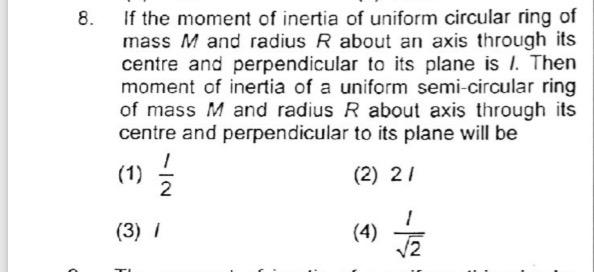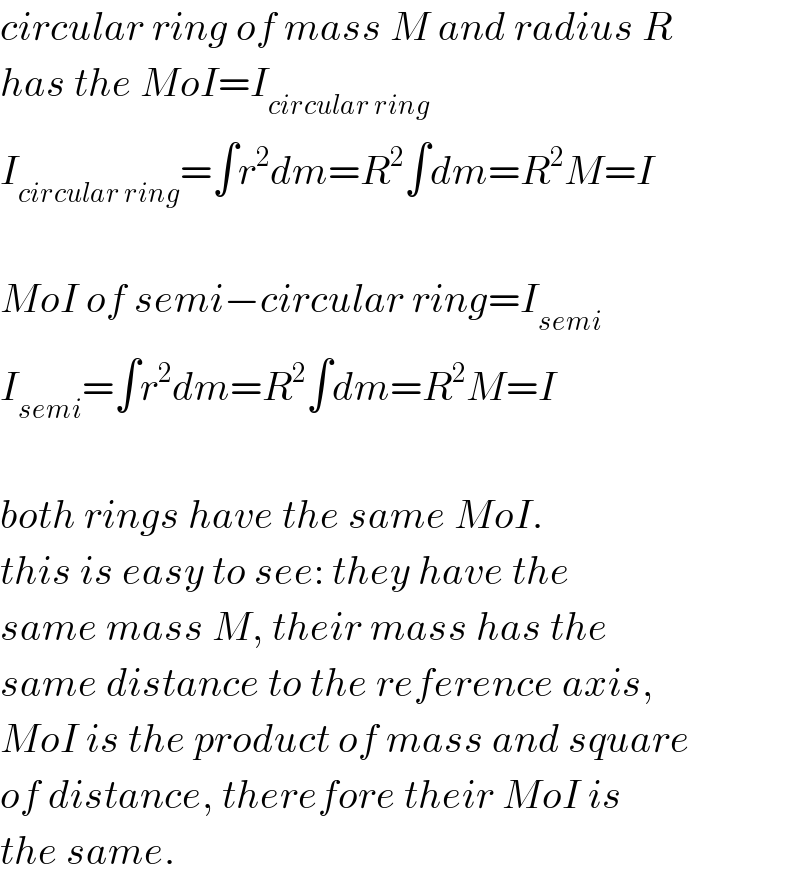
Question and Answers Forum
Question Number 69878 by jagannath19 last updated on 28/Sep/19

Commented by mr W last updated on 29/Sep/19

Commented by jagannath19 last updated on 29/Sep/19

Commented by mr W last updated on 29/Sep/19

| ||
Question and Answers Forum | ||
Question Number 69878 by jagannath19 last updated on 28/Sep/19 | ||
 | ||
Commented by mr W last updated on 29/Sep/19 | ||
 | ||
Commented by jagannath19 last updated on 29/Sep/19 | ||
 | ||
Commented by mr W last updated on 29/Sep/19 | ||
 | ||